Hunufa đã chuyển sang website mới tại https://hunufa.vn/ từ ngày 01/01/2024. Dữ liệu trên Hunufa.com hiện không còn được cập nhật.
Obviously, the Earth will be destroyed very quickly if we do not stop using plastic products. More than ever, it's time for us to choose plastic alternatives. Just imagine, this beautiful life leads to disappearing and overflowing with plastic waste. But each person, including yourself, can prevent that from happening. By finding out what those materials are, then choosing the right one for each use
In everyday life, you only encounter plastic in familiar items such as plastic cups, water bottles, household appliances, etc.
But…
Nearly every industry in the world uses plastic, from packaging to building space machinery. Plastic has always been the most convenient material. Common industrial plastics include polyethylene terephthalate (PET), polyethylene (PE), polypropylene (PP), polystyrene (PS) and polyvinyl chloride (PVC).
The production process of plastic beads and products from this material is not too complicated. Thus contributed to the creation of cheap goods. However, up to 90% of plastic products are used once and then thrown away. It has created a global environmental crisis. Since the plastic revolution, up to 6.3 billion tons of plastic waste has been released into the environment.
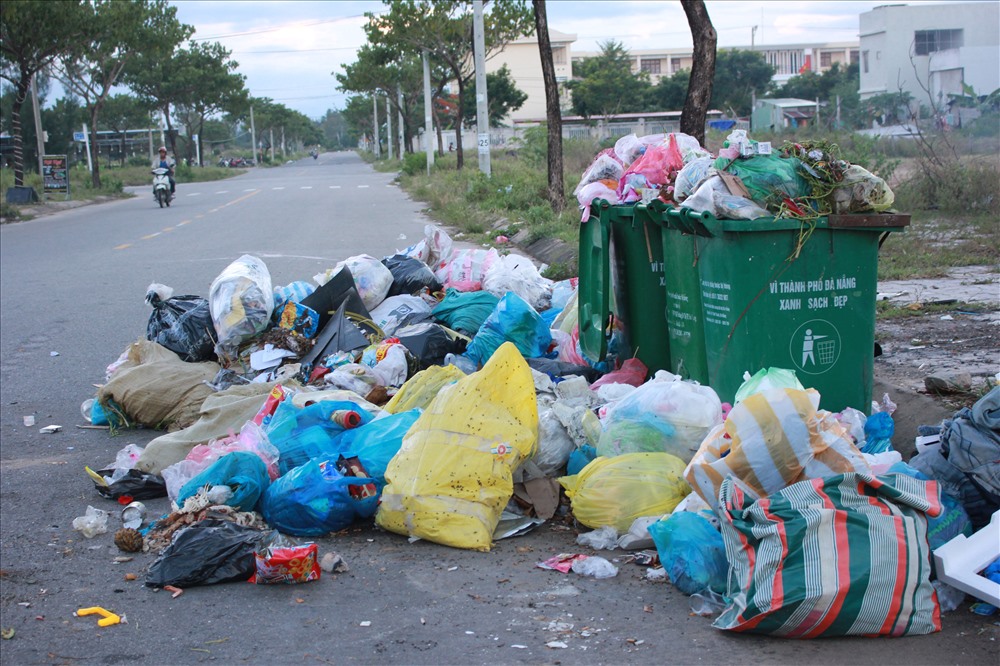
Do you know?
In landfills 97% is plastic waste. Every year 2.41 million tons of plastic waste are discharged into rivers and then into the sea.
– Durability in plastic is considered the best feature. It's also the worst - it makes plastic last in the environment for hundreds, thousands of years.
– Even when decomposing, plastic never really disappears but only becomes microplastics (microplastics) invisible to the naked eye. Maybe not everyone understands what microplastics are. But know that these microplastics choke the airways of marine life and destroy the food chain.
Measures to reduce and recycle plastic waste are not enough.
You may have thought for a long time that only the above 2 ways can limit plastic. But that's not it!
Reducing, reusing and recycling has long been a popular method to deal with the increase in plastic waste. Ideally, it would be possible to create a cycle in the use of plastics. In which, 100% of plastic products can be recycled and used as long as possible. As a result, waste generated will be kept to a minimum. However, the ability to do this is very difficult.
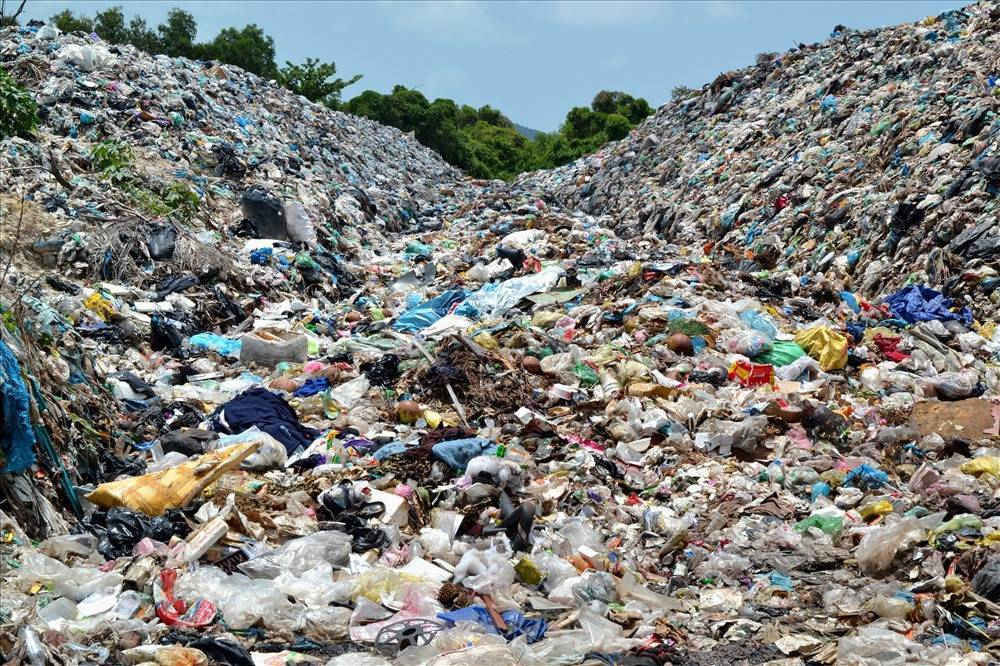
Although we have advances in recycling at the molecular level, allowing different types of plastic to be recycled together. But recycling has many limitations such as: high cost, recycling process to produce other materials has lower quality in terms of mechanical and thermal properties.
Moreover, whether recycling is effective or not depends a lot on human consciousness. That is, doing this is closely related to changing our current lifestyle in using plastic. Meanwhile, recycling does not reduce the habit of using plastic.
Therefore, seeing this in the long run is difficult to bring good results. Many individuals and research organizations find that it is better to choose materials to replace plastic to change consumption habits.
Now say “YES” to these materials!
Constantly developing, products made from glass, especially food containers, have gained a certain popularity. It is loved by many people because of its convenience and high safety for health.
With boxes and plastic bottles, when used for a long time, chemicals will be absorbed into food and drinks. Not so, glass bottles and containers will not have any effect on the taste and nutrients contained in each food. From there, consumers' health will be more secure.
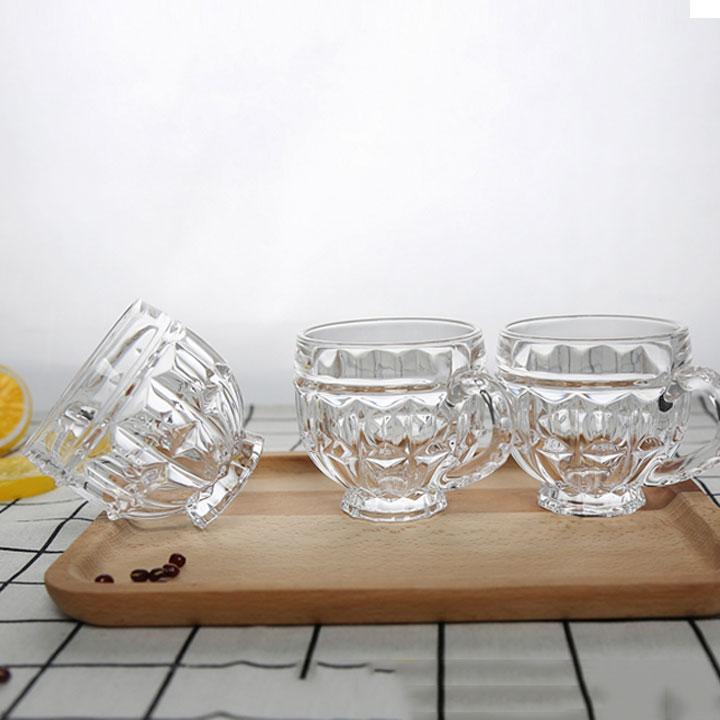
Moreover, plastic is not stable at high temperatures of 80 - 120 degrees Celsius. In contrast, glass can withstand that temperature without breaking. So when using glass food containers or cookware, you can also heat it to high temperatures without fear of producing toxins..
Other plastic substitutes are products made from bamboo or sedge. Take advantage of what is available from the environment, the most effective way to protect the environment, especially as an alternative to traditional extremely toxic plastic bags.
With this material, factories will make bags or lanes that are extremely environmentally friendly. Moreover, products made from bamboo and sedge are mostly handmade, so they look very unique and eye-catching. Therefore, you can completely use it as a bag to go out or take pictures.
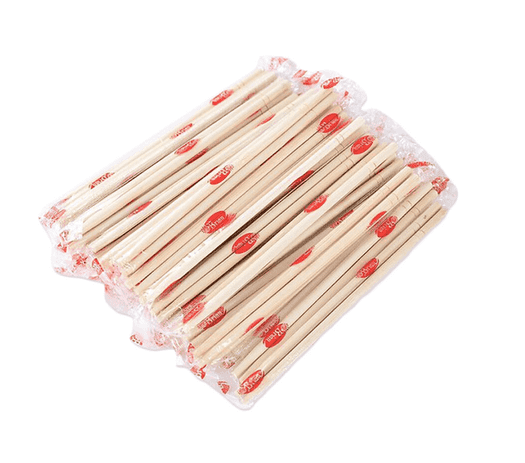
Bio-degradable products were born, soon "overthrowing" common plastic bags. Derived from completely natural ingredients such as cornstarch, potato, cassava ..., thus minimizing the risk of exposure to harmful substances such as BPA or phthalates.
Daily activities such as storing food, vegetables when going to the market, or storing daily household waste can use this bag. In terms of biodegradability, bio bags are capable of completely disintegrating in just a few months. Then switch to inorganic matter and biomass, which is not only harmless but very beneficial to make crop fertilizer.
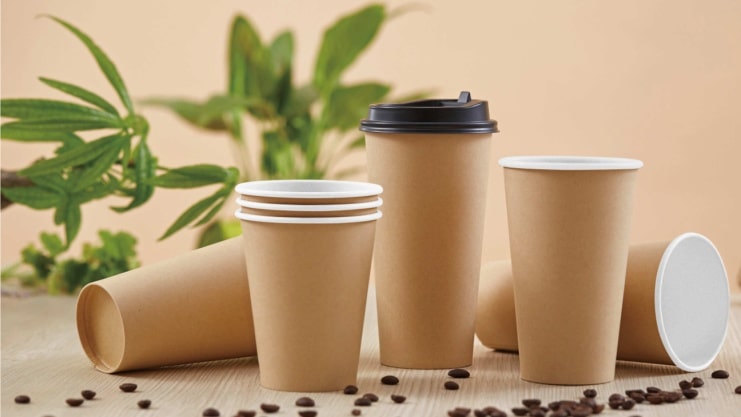
Products such as sponges or dishwashing pads made from loofah are also considered materials that can replace plastic today. With low cost, especially soft and high foaming ability. This type of material helps to save a significant amount of shower gel and dishwashing liquid.
Not only that, loofah is also a perfect material to make items such as hats, hats, bags, and slippers. The products made from loofah are not only aesthetically pleasing but also unique and have the same personality as plastic products.
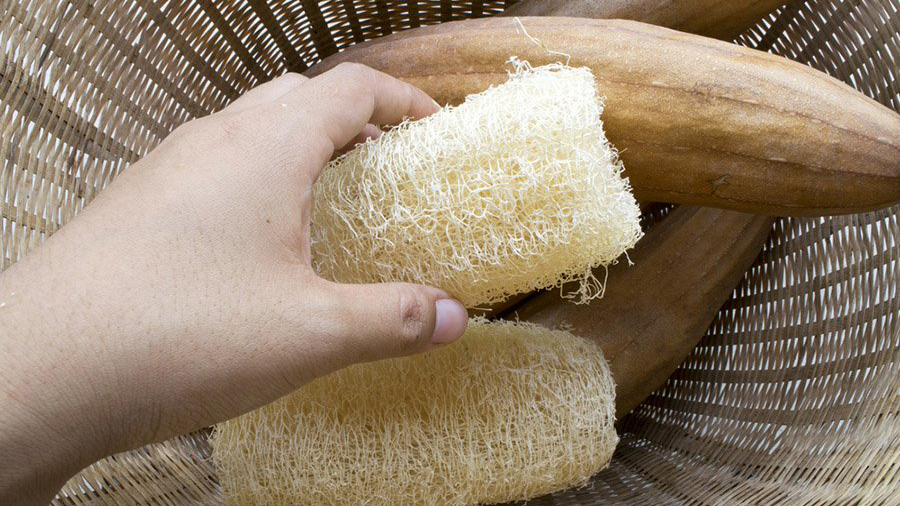
One of the great materials used to replace plastic is definitely bagasse. Many plastic cups or foam boxes are used once and then discharged into the environment, causing significant harm. Products made from bagasse have both good food storage function and are environmentally friendly. It is a material that is appreciated by many people.
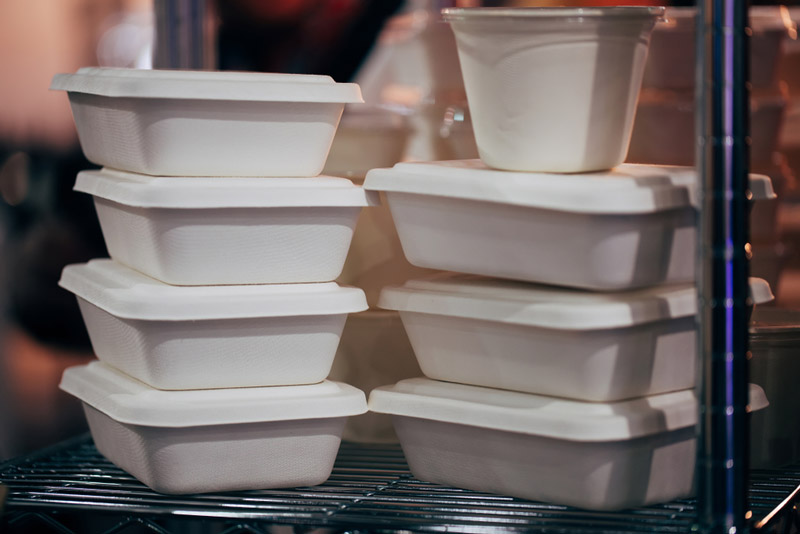
Possessing many outstanding advantages in terms of durability, the utensils made from bagasse contain drinking water or hot food without being soft or torn. With ingredients being pure natural materials, when exposed to high temperature, bagasse does not cause biological reactions and self-destructs after 45 days.
With the above 5 types of plastic replacement materials , you certainly know what you should choose to replace plastic utensils. Changing plastic habits is not easy, but each of us can do it. And soon, our living environment will be peaceful, not invaded by plastic.
HUNUFA VIETNAM CO., LTD
• Address: Lot M19A, Road No. 7, Hai Son Expanded Industrial Park (GD 3+4), Duc Hoa Ha Commune, Duc Hoa Dist., Long An Town
• Representative Office: 168 – 170 – 172 – 174, Street 34, Binh Tri Dong B Ward, Binh Tan, Ho Chi Minh City
• Hotline: 0777 537 537
• Email: [email protected]
• Website: https://hunufa.com
: 31/05/2023
: 13/05/2023
: 14/04/2023
: 14/01/2023
: 10/11/2022